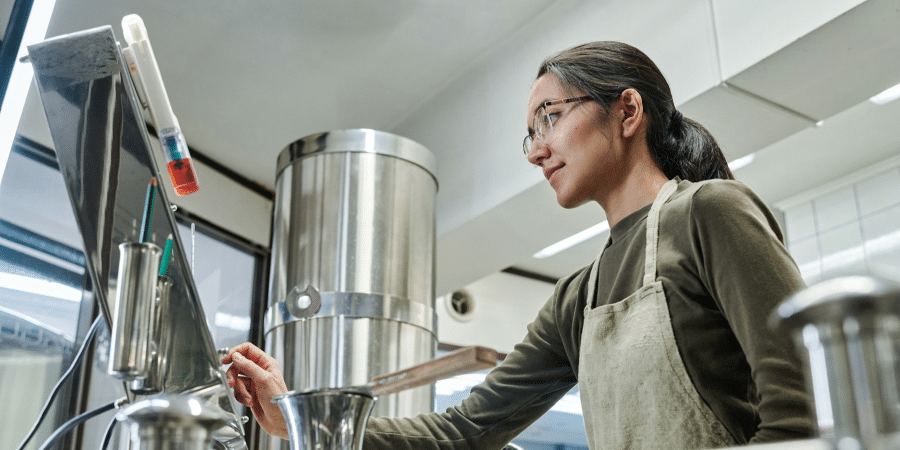In the quest for a healthier planet, every sector is re-evaluating its practices, seeking more sustainable alternatives. The pharmaceutical industry is no exception, with green chemistry emerging as a revolutionary approach to medication production. This innovative discipline seeks to develop chemical products and processes that lower or eliminate the utilization and production of hazardous substances. Visionaries like Chadwick Robertson are championing this cause, recognizing its potential to transform medication production into a more environmentally friendly practice. This article delves into how green chemistry is paving the way for a sustainable future in medication production.
The Rise of Green Chemistry in Pharma
Green chemistry, also known as sustainable chemistry, involves the application of twelve principles that guide chemists in designing safer chemicals, processes, and products. It’s a proactive approach that addresses the environmental impact of chemical practices at the source rather than managing waste after it’s been created. In the pharmaceutical industry, this means rethinking how medications are designed, manufactured, and disposed of to minimize their environmental footprint.
Chadwick Robertson’s Advocacy for Sustainable Pharmacy
Individuals like Chadwick Robertson, a pharmacist with a keen interest in sustainability, understand the critical role pharmacists play in promoting eco-friendly practices. By advocating for the use of green chemistry in medication production, Robertson highlights the importance of this approach not just for environmental health but also for the well-being of patients and communities. His work demonstrates how pharmacists can be pivotal in the shift towards more sustainable healthcare practices.
The Impact of Green Chemistry on Medication Production
Reducing Toxic Byproducts
One of the primary benefits of green chemistry in medication production is the significant reduction in toxic byproducts. Traditional pharmaceutical manufacturing processes often involve reactions that produce hazardous waste, posing risks to the environment and human health. Green chemistry seeks to minimize these reactions or replace them with safer alternatives, thereby reducing pollution and enhancing the safety of pharmaceutical products.
Energy Efficiency and Resource Conservation
Green chemistry principles advocate for energy efficiency and the use of renewable resources. By optimizing chemical reactions to require less energy and using materials that are more readily available and less harmful, the pharmaceutical industry can decrease its carbon footprint. This not only contributes to environmental conservation but also leads to cost savings in the long run, making sustainable practices a smart business choice as well.
Safer Solvents and Reagents
The choice of solvents and reagents plays a significant role in the environmental impact of medication production. Green chemistry promotes the use of safer, non-toxic solvents and reagents that pose less risk to the environment and human health. This shift not only makes the manufacturing process more sustainable but also improves the safety profile of the medications produced.
Overcoming Challenges in Implementing Green Chemistry
Despite its numerous benefits, the adoption of green chemistry in medication production faces several challenges. One of the main hurdles is the initial cost and effort required to redesign existing processes and develop new, greener methods. Additionally, there’s a need for greater awareness and education within the industry about green chemistry principles and their benefits.
The Future of Green Chemistry in Pharmaceutical Manufacturing
The future of green chemistry in medication production looks promising, with increasing recognition of its potential to drive sustainability in the pharmaceutical industry. With an increasing number of companies and professionals endorsing and embracing these methodologies, substantial progress can be anticipated in the creation of eco-friendly medications.
Green chemistry represents a paradigm shift in medication production, offering a path toward a more sustainable and environmentally friendly pharmaceutical industry. Its principles challenge traditional practices, advocating for a holistic approach that considers the environmental impact of medications throughout their lifecycle. As individuals like Chadwick Robertson continue to champion the cause of sustainable pharmacy, the industry is set to evolve, ensuring that the production of medications contributes to the health of the planet as much as it does to the health of its inhabitants. The integration of green chemistry into medication production is not just a trend; it’s a necessary step towards a sustainable future in healthcare.
Published By: Aize Perez







